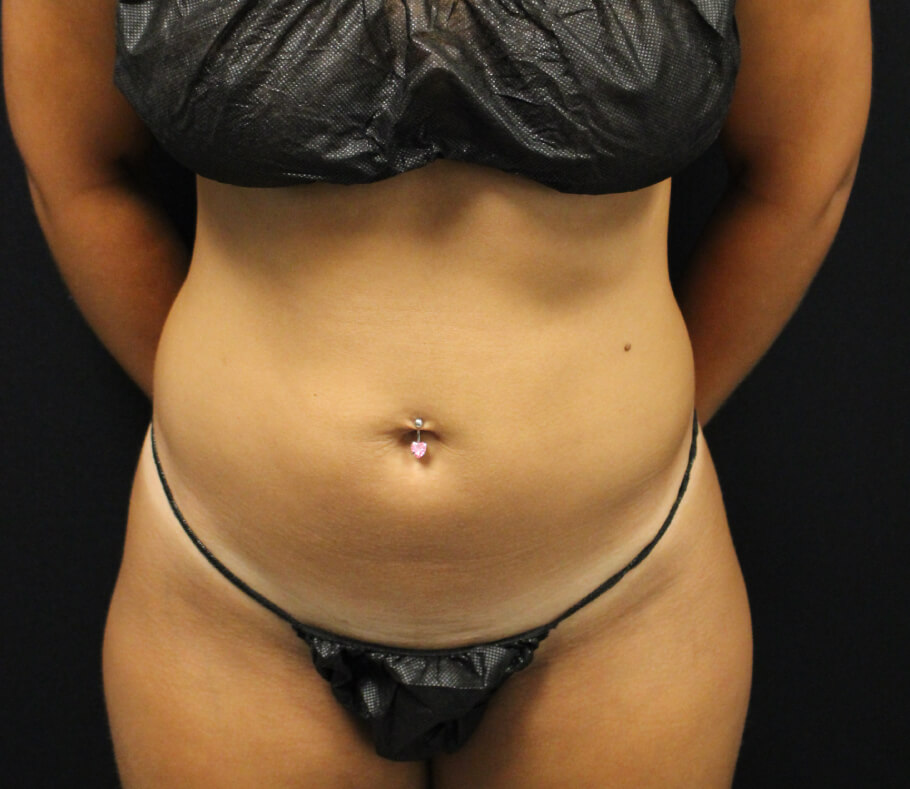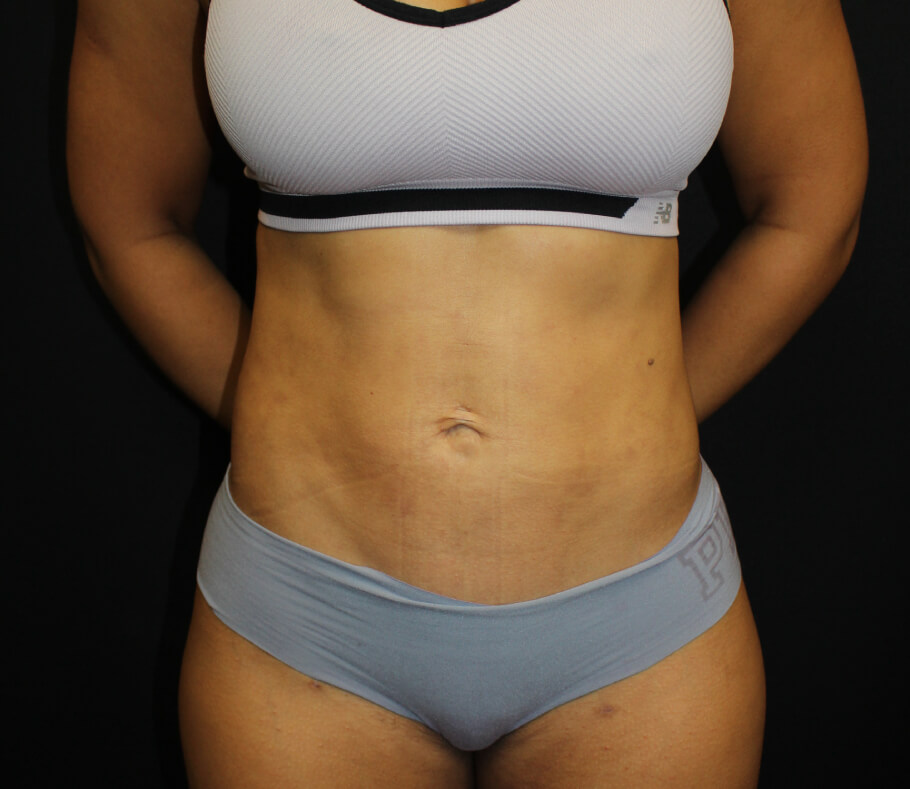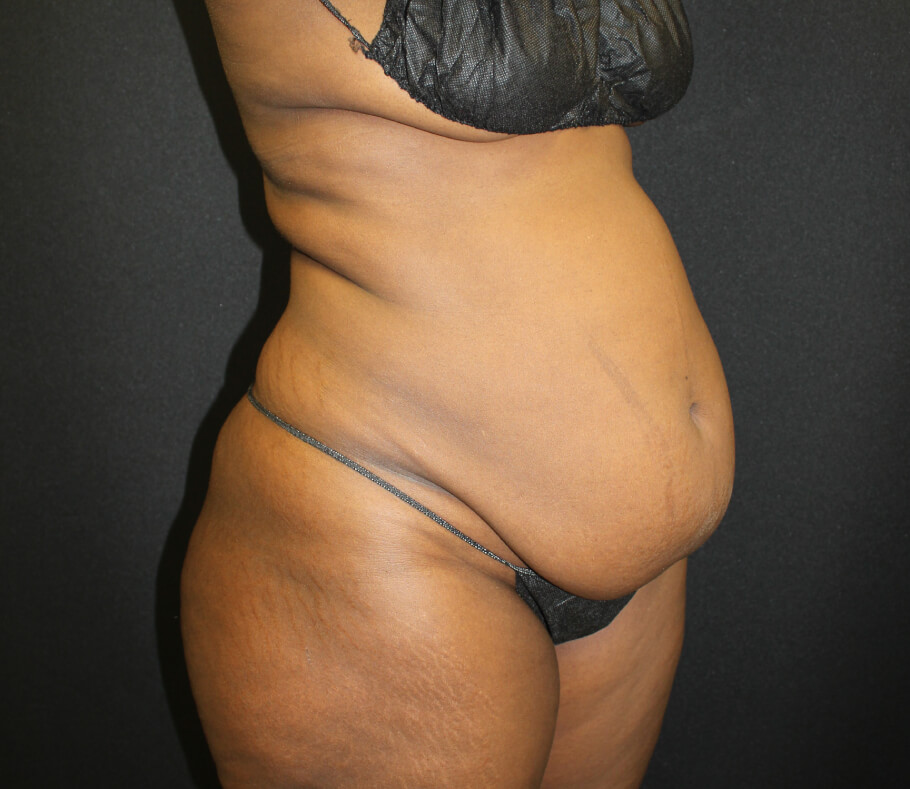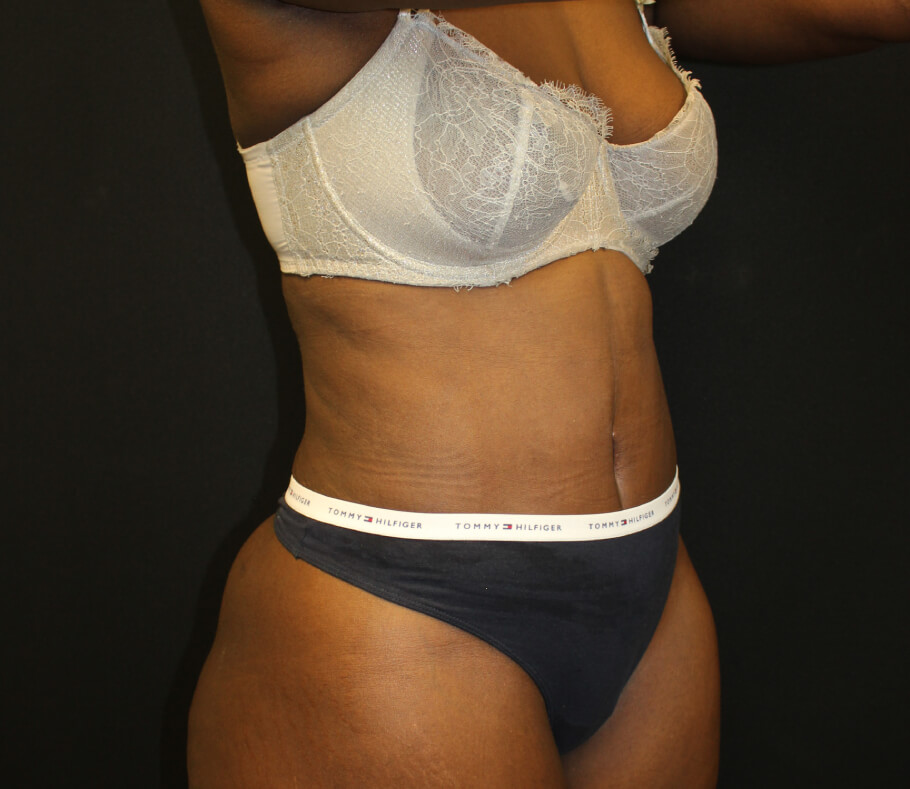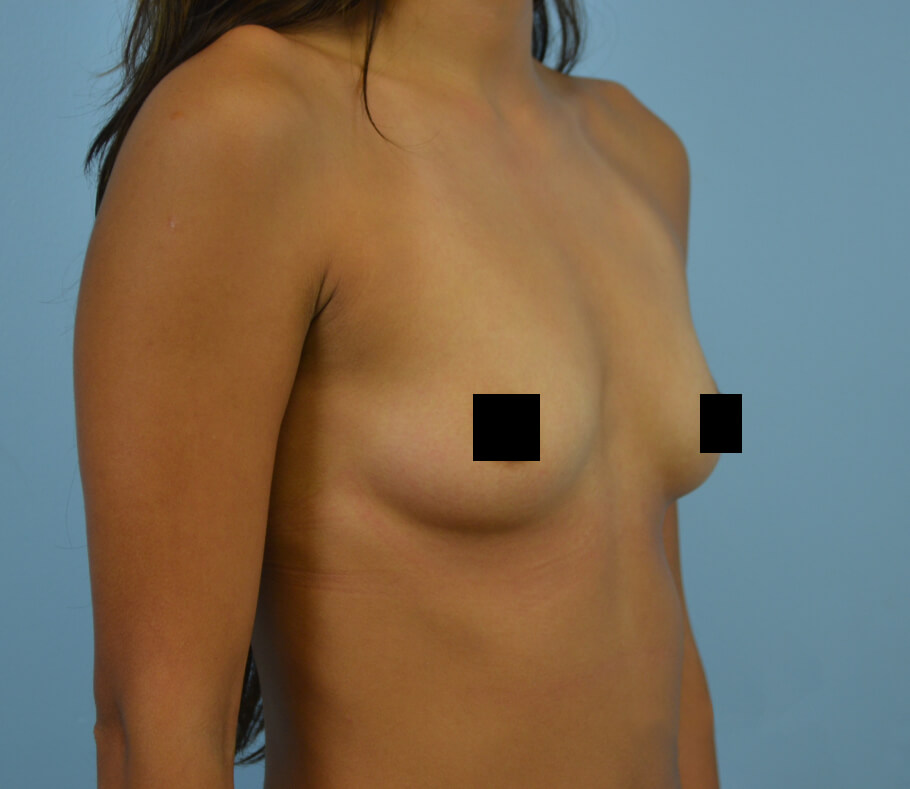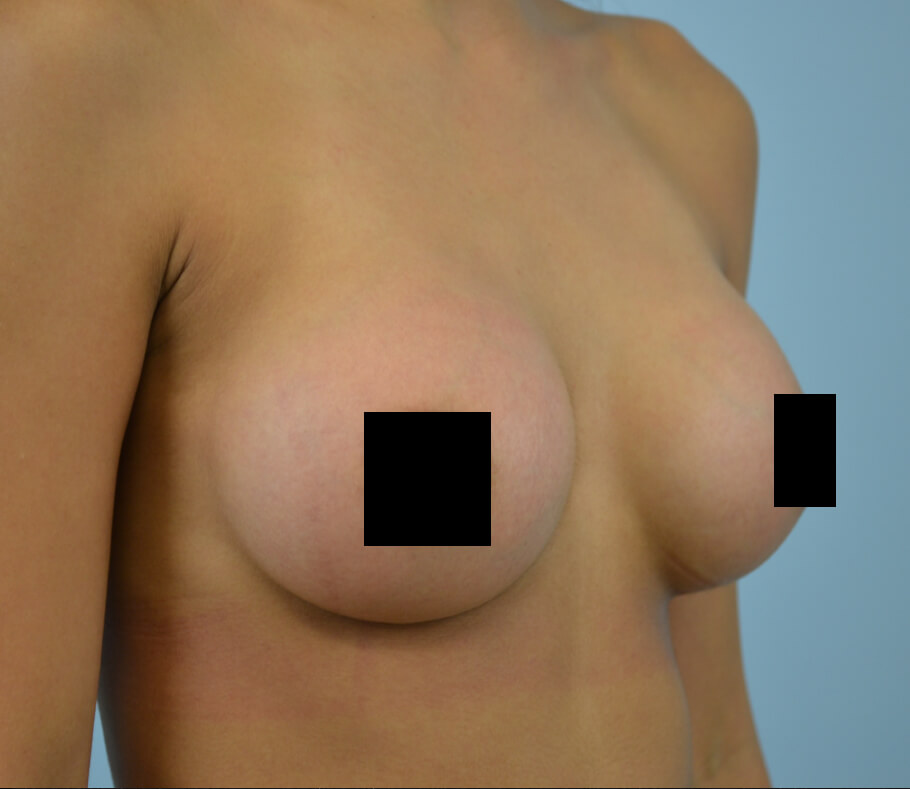Silicone Implants
Conveniently located to serve the areas of Orlando, FL
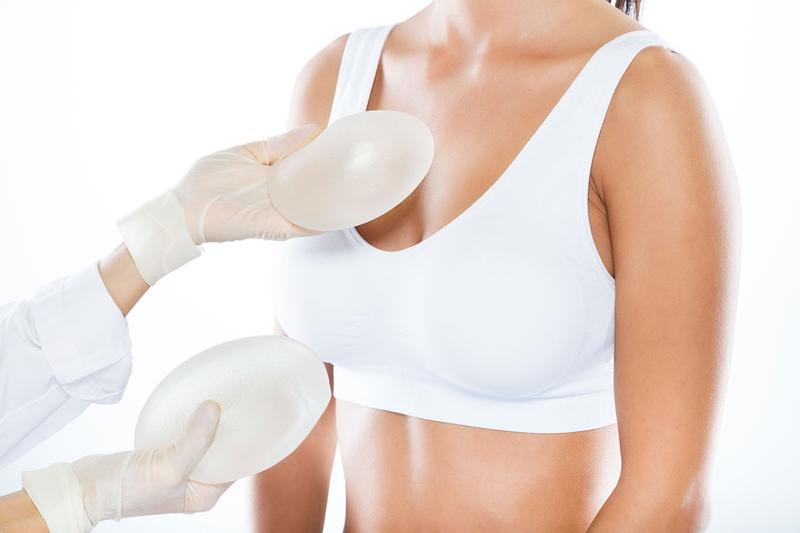
Breast augmentation is a popular and rather common surgical procedure in the field of plastic surgery. There are two types of implants used in this procedure- saline and silicone. Which implant is best for you and your surgeon will determine you. Each implant has pros and cons.
Contents
Silicone implants, “Gummy Bear” implants are silicone and are also filled with silicone gel. They feel like natural breast tissue more so than saline implants. If the gel leaks, it will either remain in the shell of the breast implant or leak into the breast pocket. A leaking implant filled with silicone gel won’t collapse- unlike saline implants. Silicone gel cannot be absorbed by the body like saline can. If it gets into your breast tissue – you may not have any symptoms related to the leak. You may notice a change in your breast, however. If you start to have symptoms like pain or discomfort, it’s best to speak with your doctor. In some instances, the leaking silicone can lead to an infection or difficulty of removal of the implant. You may need regular follow-ups with your plastic surgeon if you have silicone implants. This is to check on the integrity of the implant and make sure there’s no rupture or issues. You may need an ultrasound or an MRI during the appointment.
Types of Silicone Implants
Gummy Bear Implants
According to the American Society of Plastic Surgeons, these implants maintain their shape even when the implant shell is broken. The consistency of the silicone gel inside the implant is thicker than traditional silicone gel implants. These implants are also firmer than traditional implants.
Round Breast Implants
Round breast implants tend to make the breast appear fuller. Since they are round, it’s unlikely they will move out of place and cause the breast to appear unusual.
Smooth and Textured implants
Smooth implants are the softest feeling. They move a little more within the breast pocket, which can feel more natural when moving about. Smooth implants may cause a rippling effect on the skin, which can look abnormal. You can have additional procedures to attempt to correct this. Textured implants develop scar tissue to stick to the implant. This makes them harder to remove if you rupture or need to change sizes.
Risks with Breast Implants
There are risks with any surgical procedure- and that includes breast implant surgery. Some of the more unique risks include implant rupture, the implant moving or capsular contracture, and other factors.
Breast implants do not last a lifetime. You may need additional surgeries to maintain or replace your implants. They also do not prevent aging and sagging breasts. If you want to avoid sagging, talk to your surgeon about a breast lift in addition to augmentation. There were concerns in the 1990s about the silicone gel used in silicone implants, but recent studies have shown there are no health risks for the silicone gel used in the implants today.
Silicone implants tend to cost more than saline. Your surgery will likely not be covered by insurance unless it’s deemed medically necessary. You can speak with your surgeon about any possible financing options.
If you smoke, you’ll be asked to stop for a while before and after surgery. This is to help promote better healing of your surgical site and prevent any additional complications. You will be under general anesthesia during the procedure. The surgery is an outpatient procedure, which means you can go home on the same day, after a short recovery period. You’ll need to have someone drive you home, and you may need help doing certain things for the first 24 hours. Most people experience only minimal discomfort afterward, and while you may need some pain medication — and plenty of rest — for the first day or two, you’ll likely be back to normal the day after the procedure. You’ll meet with your surgeon a few days to a week after your procedure to check on your healing progress. If you have external stitches or drains, your surgeon will remove them during this appointment. On average, implants last around two decades, Gummy bear implants last longer.
